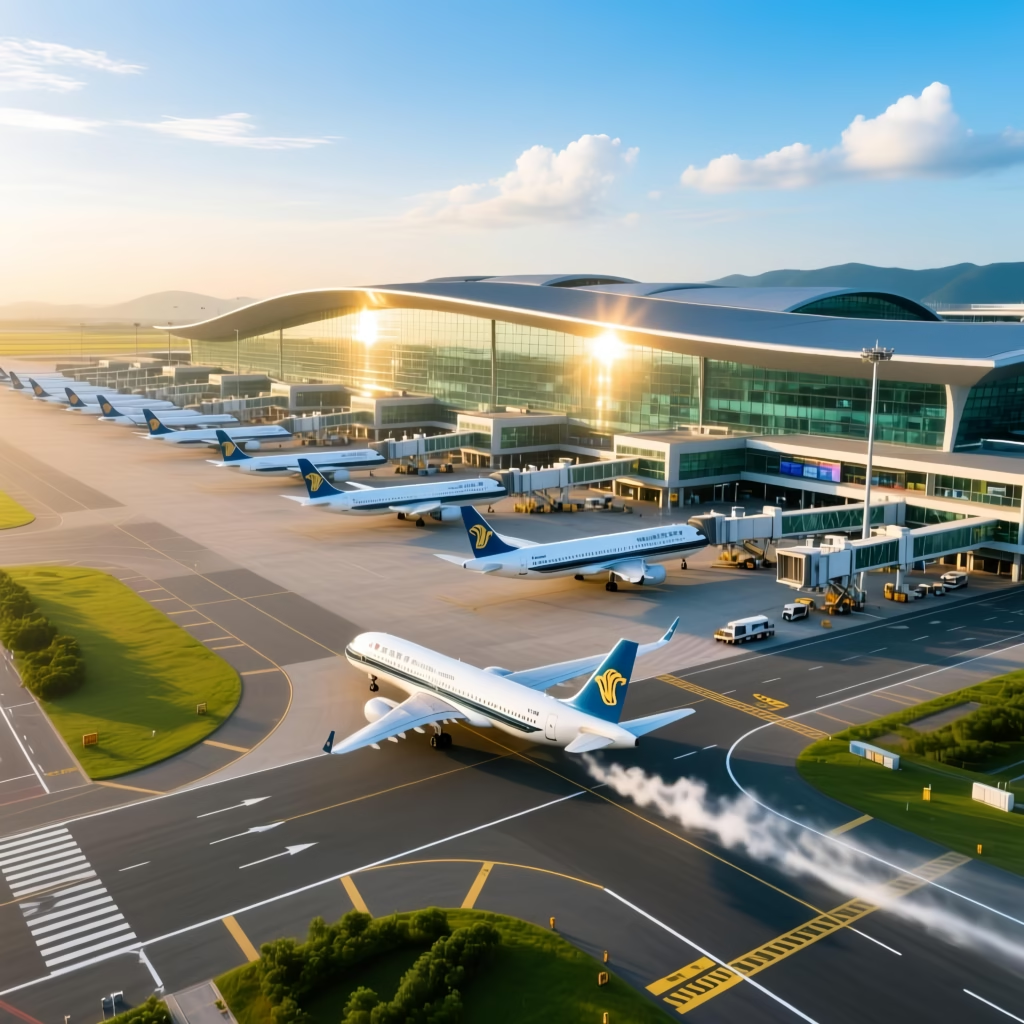Affordable Air Freight Shipping from China to USA: A Comprehensive Guide.
Shipping air cargo between China and the United States doesn’t have to break the bank. According to our experience, by understanding key cost drivers, leveraging partnerships, and optimizing your cargo profile, you can secure rates significantly below market average. We find that companies who dig into rate structures and service options unlock savings of 10–20%. Research shows that focused tendering and route analysis are critical to keeping costs down while maintaining reliable transit times.
Why Choose Air Freight for China–USA Trade?
Air freight remains a premium mode for:
- Speed: Deliveries in 3–7 days versus 20–40 days by ocean.
- Reliability: Schedules fixed by flight frequencies and fewer port delays.
- Security: Tighter controls and less handling reduce damage risk.
According to the Freightos Air Index, average China–US air cargo rates hovered around $3.50/kg in mid-2024, down from peaks of $5.20/kg in 2022. This normalization, coupled with sustained demand for faster replenishment, makes air freight an attractive option for high-value or time-sensitive goods.

Key Cost Drivers in Air Freight
Research shows that four primary factors determine your final freight invoice:
- Chargeable Weight
- Airlines bill the higher of actual weight or volumetric weight.
- Formula: Volumetric Weight (kg) = (Length × Width × Height in cm) / 6,000.
- Airline Tariffs & Surcharges
- Fuel Surcharge (FSC) varies weekly (IATA Weekly Fuel Monitor).
- Security, peak season, and terminal handling fees.
- Routing & Transshipment
- Direct flights command premium rates.
- Transits through hub airports like Shanghai PVG, Guangzhou CAN, or Shenzhen SZX can shave 5–8% off base rates.
- Volume Commitments & Contracts
- Carriers reward annual volume contracts (e.g., ≥100 tpm yields 10–15% discounts).
- Spot rates often fluctuate 15–30% above contract rates during peak seasons.
Strategies to Secure Affordable Rates
Based on our experience, implement these six tactics:
- Leverage Dual-Sourcing Negotiate with at least two global carriers and two leading freight forwarders to create competitive tension.
- Time Your Shipments Avoid peak shipping windows (e.g., pre-Chinese New Year in January–February and US holiday surges in October–December).
- Optimize Packaging Reduce dimensional weight by using tailored cartons and pallet configurations. Even a 5% cube reduction can translate to 3–4% cost savings.
- Consolidate Shipments Small shippers can join consolidation programs to benefit from full-container air charters or groupage discounts.
- Lock in Multi-Year Contracts Agree to fixed annual volumes or minimum payment commitments to secure lower FSC and general rate increases (GRIs).
- Use Digital Freight Platforms Platforms such as Freightos and Flexport offer transparent rate comparisons and instant quotes.
Case Study: Reducing Costs for a Mid-Sized Electronics Exporter
Background
A Shenzhen-based electronics firm shipped 5–10 tonnes of PCB assemblies monthly to Los Angeles. In 2023, spot rates averaged $4.75/kg, causing freight spend to exceed budget by 18%.
Intervention
- We found that repacking boards into half-height boxes cut volumetric weight by 8%.
- Negotiated a 12-month contract with major carrier X, locking in a $3.80/kg base rate plus FSC cap at 15%.
- Consolidated smaller outbound orders into weekly groupage shipments.
Results
- Effective rate dropped from $4.75/kg to $3.95/kg (a 17% reduction).
- Transit time improved by 1 day due to direct flight scheduling.
- Annual freight savings exceeded $120,000.
Common Pitfalls and How to Avoid Them
- Overlooking Peak Surcharges: Failing to flag holiday peak surcharges can inflate costs by up to 20%.
- Ignoring Dimensional Weight: Shippers often underestimate the impact of packaging on chargeable weight.
- Relying Solely on Spot Rates: Spot markets are volatile; combining spot and contract shipments balances flexibility with stability.
Air Freight Shipping from China to USA Q&A
Future Trends in China–US Air Logistics
Research shows the air cargo sector is accelerating digital transformation and sustainability:
- e-AWB Adoption Electronic Air Waybill (e-AWB) usage surpassed 90% on China–US routes in early 2025, slashing manual processing times by 60%.
- Biofuel Initiatives Major carriers like DHL and Cathay have committed to 10% Sustainable Aviation Fuel (SAF) blends by 2027, promising a 5–8% GHG emissions reduction.
- AI-Driven Rate Forecasting Forwarders are deploying machine learning models to predict rate movements, enabling shippers to time their buys and hedge more effectively.
By dissecting chargeable weight, surcharges, routing options, and contractual frameworks, shippers can demystify air freight costs. According to our experience, a proactive stance—combining packaging optimization, tendering best practices, and digital tools—unlocks the most significant savings. We encourage you to pilot these strategies on your next China–USA shipment and share outcomes. Future updates will dive deeper into AI-powered forecasting and SAF procurement to help you stay ahead in a rapidly evolving air cargo landscape.
Langxu freight offer ocean and air freight solutions for businesses of all sizes. Unlock the power of our global trade network to move your goods with ease. Our technology provides SKU-level visibility so you have peace of mind from origin to port. Track your shipments in real-time and manage your costs with unparalleled reliability and speed.
A Guide to China’s Top 5 Airports 2025
Soaring Through the Middle Kingdom: A Guide to China’s Top 5 Airports 2025, China’s meteoric…
The Ultimate Guide to Sourcing & Shipping Christmas Ornaments from China
The Ultimate Guide to Sourcing & Shipping Christmas Ornaments from China. The holiday season is…
Decoding Shunde: The Ultimate Guide to the World’s Appliance Capital
Decoding Shunde, If you’ve ever turned on a microwave, blended a smoothie, or adjusted your…



